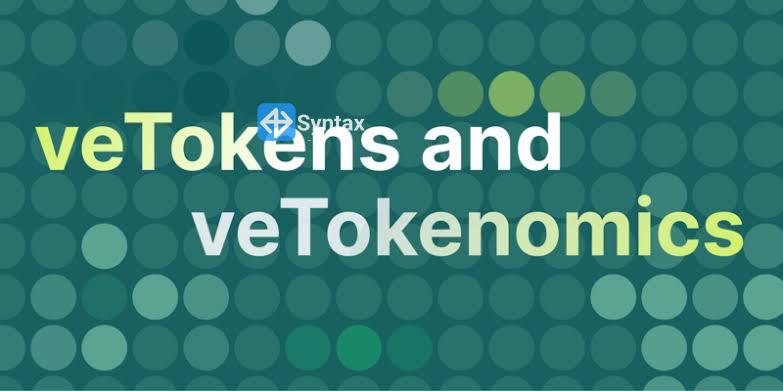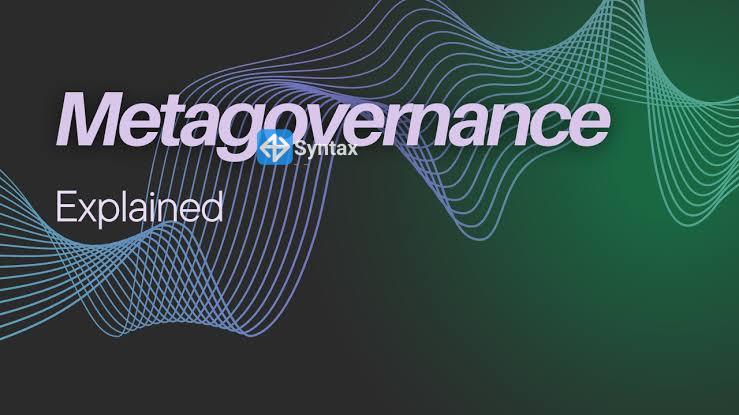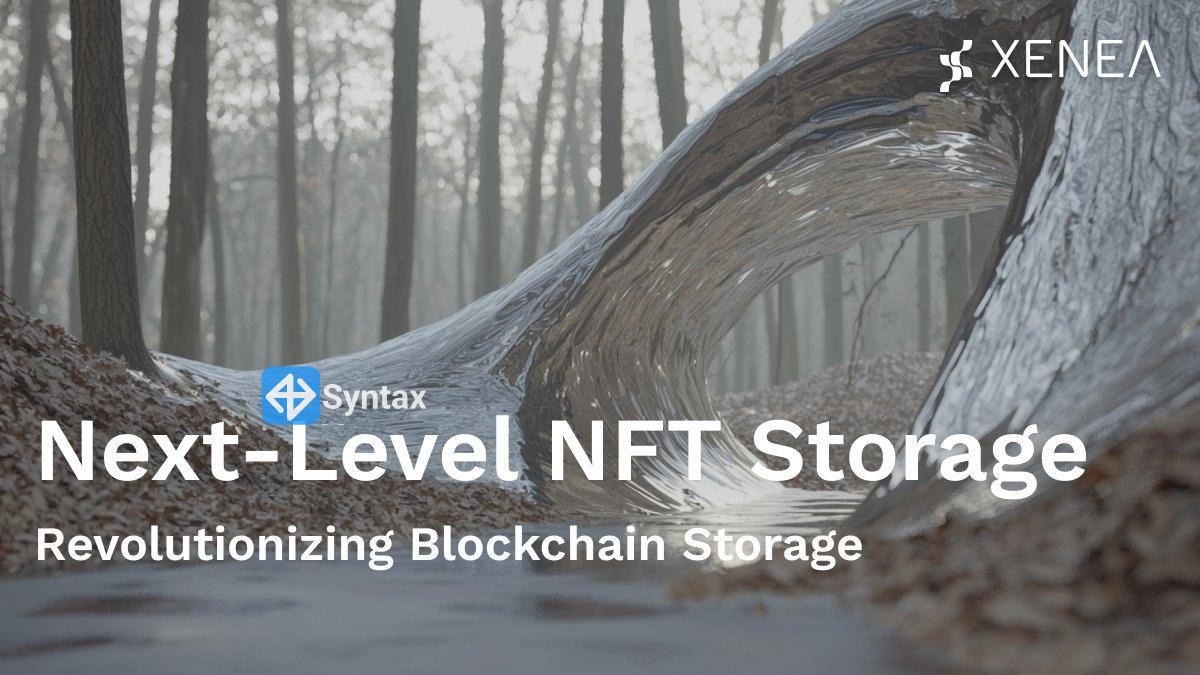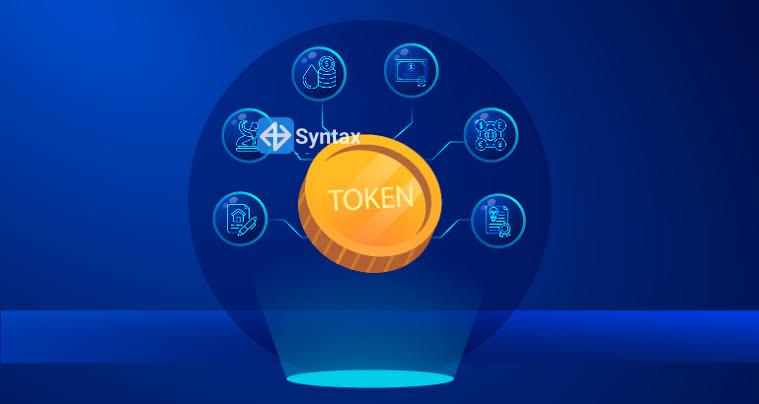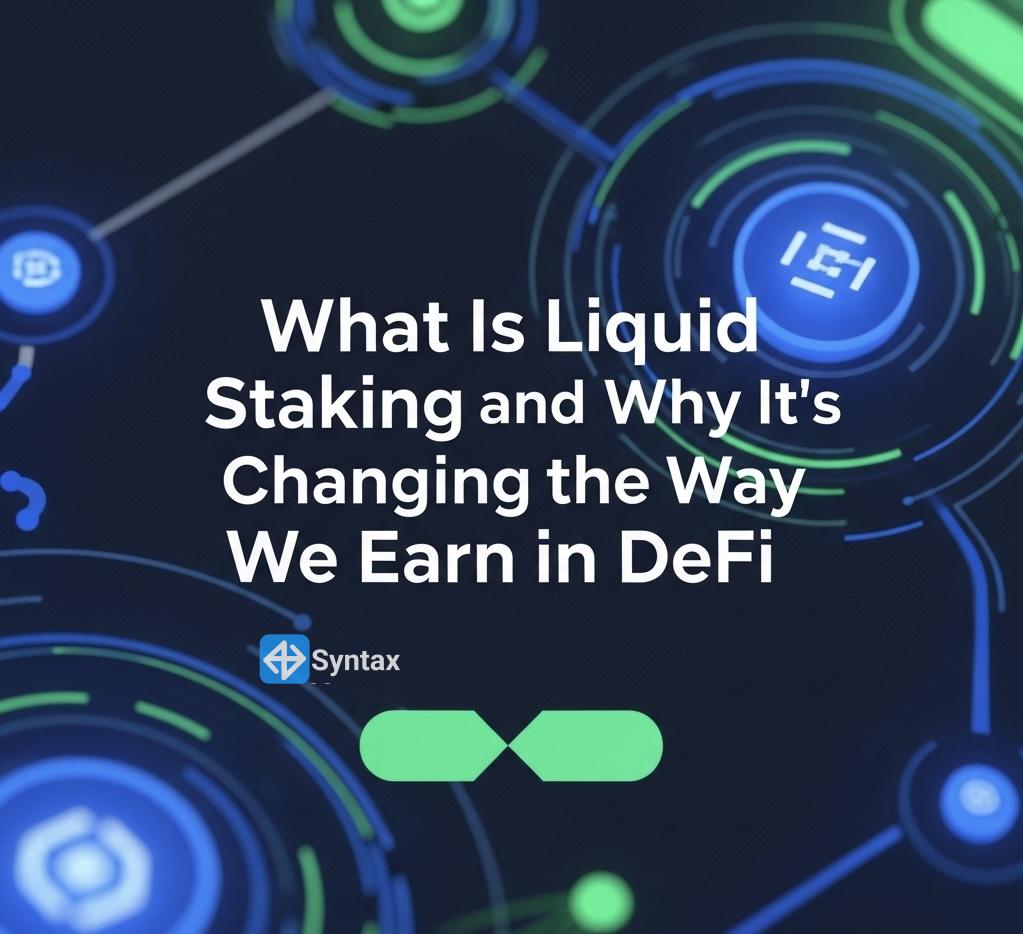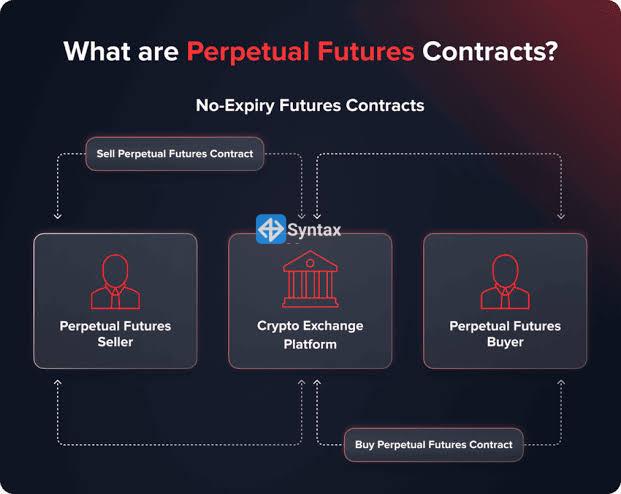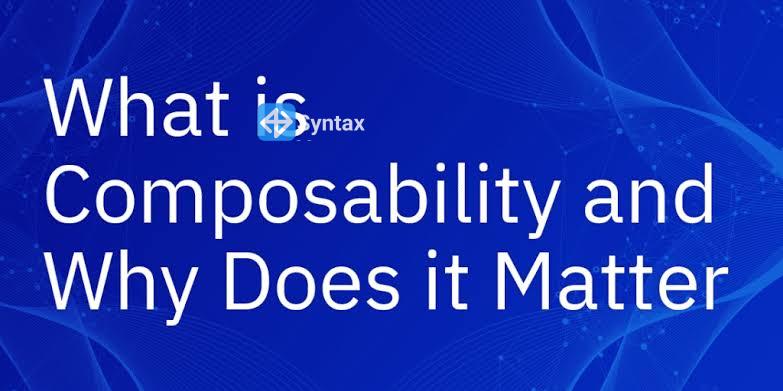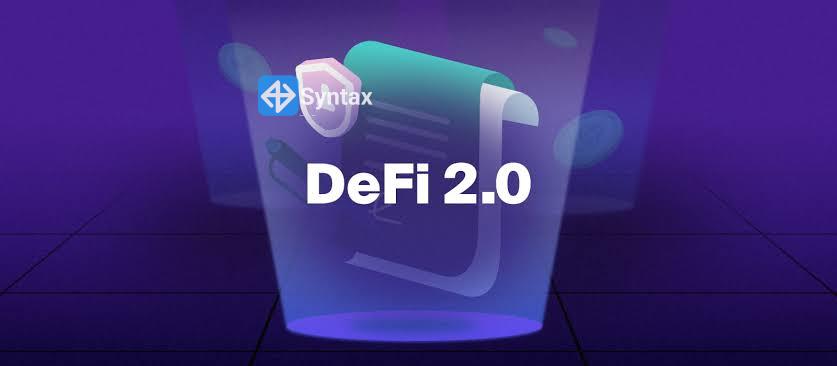Fractional NFTs are non-fungible tokens that have been divided into smaller parts, allowing multiple people to own a fraction of the same NFT
Here's a breakdown:
✅ What does it mean?
Normally, NFTs (non-fungible tokens) are unique and indivisible — only one person can own them at a time.
But with fractional NFTs, the original NFT is locked into a smart contract and then split into fungible tokens (ERC-20 style) that represent ownership shares. These shares can be bought, sold, or traded like regular tokens.
🧠 Example:
- Imagine a digital artwork NFT worth $1 million.
- It can be "fractionalized" into 1,000 parts, each worth $1,000.
- Now, 1,000 different people can own a piece of that NFT.
- Each person holds a share and may have voting rights, revenue share, or resale profits, depending on the contract.
🧩 Use Cases:
- High-value digital art: Lower the entry barrier for collectors/investors.
- Metaverse real estate: Split ownership of virtual land.
- Gaming assets: Share rare in-game items among players or investors.
- DAOs: Communities co-own and govern valuable NFTs.
⚖️ Pros:
- Makes expensive NFTs more accessible.
- Increases liquidity for high-value assets.
- Enables community ownership and collaboration.
⚠️ Cons:
- Legal and regulatory issues around ownership rights.
- Complex valuation of fractional shares.
- Potential market manipulation in low-liquidity situations.
⛓️ Platforms that support fractional NFTs:
- Fractional.art
- Unic.ly
- NFTX
- DAOfi
- PartyBid



